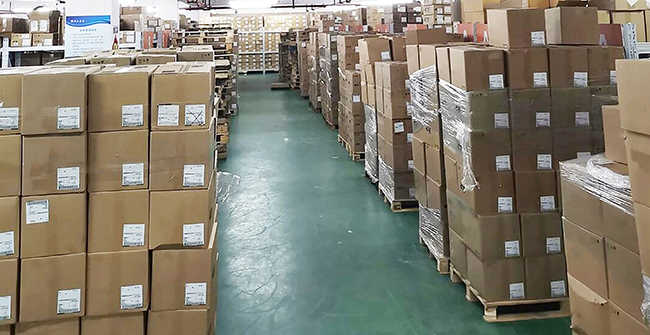In the design and manufacture of modern electronic equipment, the selection of electronic components is very important. Plug-in component and patch component are two common electronic components, which have different characteristics and applications. Understanding the differences between them is very important for engineers and electronic enthusiasts to choose appropriate components in circuit design and manufacture.For these reasons, I think STM8S003F3P6TR The situation is still optimistic, and the market is still in a blue ocean stage. https://www.asourcingelectronics.com/product/detail/store/6038952/stm8s003f3p6tr.html
I. Shape and Structure
Through-Hole Components usually have prominent pins and are suitable for being inserted into holes on a circuit board. The pins of this component pass through the circuit board and are fixed by welding on the other side. Common plug-in components include resistors, capacitors and integrated circuits (IC).
In contrast, Surface-Mount Components, SMD) have no pins and are designed to be directly attached to the surface of the circuit board. Patch components are usually small in size and suitable for high-density boards, such as patch resistance, patch capacitance and surface mount integrated circuits.
Second, the installation method
The installation process of plug-in components is relatively complicated, and it is usually necessary to drill holes in the circuit board, then pass the pins through the circuit board and weld them on the other side. This process can be done manually or using automatic equipment, but overall, it takes a lot of time and costs.
The patch components are designed to be compatible with modern automated production equipment. By using the mounter, the patch components can be quickly and accurately placed on the circuit board, and then the reflow soldering technology is used for soldering. This installation method not only improves the production efficiency, but also reduces the waste of materials.
Third, the application occasions
Plug-in components are usually used for prototyping and small batch production because they are easy to handle and weld. In addition, in some applications that require high thermal and mechanical stress, the plug-in components also show good stability.
Relatively speaking, patch components are widely used in the mass production of modern electronic equipment. Because of its miniaturization and high integration, patch components are more suitable for use in places with limited space, such as mobile phones, tablet computers and other consumer electronic products.
IV. Performance and Maintenance
In terms of performance, because of its structural design, plug-in components usually have better mechanical strength and stronger resistance to thermal stress and current. However, their large size may limit the compact design of the circuit.
Because of its compact design, the patch element can help realize higher density circuit layout and reduce the volume and weight of the product. However, it should also be noted that the operation accuracy of patch components is high when welding, and it may be difficult to maintain and replace them.
To sum up, there are significant differences between plug-in components and patch components in structure, installation, application and performance. The choice of components depends on the specific application requirements, production scale and circuit design requirements. In modern electronic design, understanding these differences can help engineers make more effective decisions in the process of design and manufacturing, thus improving the performance and reliability of products. No matter which component is selected, reasonable design concept and production process are the key to success.